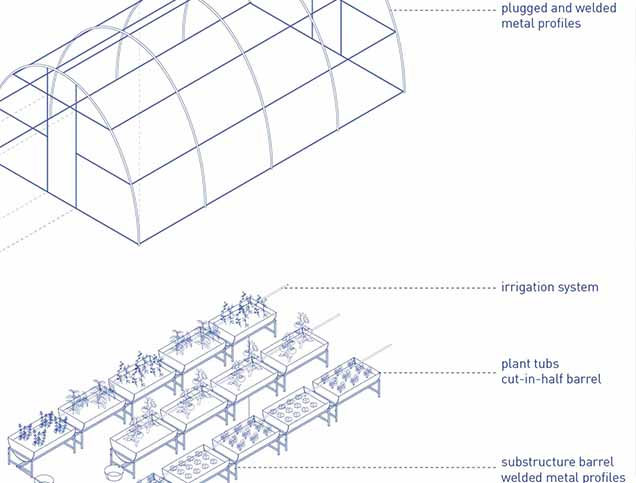
Close
responsive-lightbox domain was triggered too early. This is usually an indicator for some code in the plugin or theme running too early. Translations should be loaded at the init action or later. Please see Debugging in WordPress for more information. (This message was added in version 6.7.0.) in /home/kiju52ce/public_html/development/wp-includes/functions.php on line 6114updraftplus domain was triggered too early. This is usually an indicator for some code in the plugin or theme running too early. Translations should be loaded at the init action or later. Please see Debugging in WordPress for more information. (This message was added in version 6.7.0.) in /home/kiju52ce/public_html/development/wp-includes/functions.php on line 6114
Approach Words: Capacity Building, Participatory Approach, Urban Livability
Public Policy Instruments: Organization, Physical Intervention
Officially known as Martyr Azmi Al-Mufti camp, Al-Husn camp is one of the emergency camps established in 1968 for Palestinian refugees. The approximate population of the camp in 2023 was over 28,0001. Whereas initially the camp consisted of green cover with a variety of produce and herbs, expansion of houses led to significant reduction of such spaces2.
Introduced in 2016, the rooftop farming project for Al- Husn camp had multiple aims, the first being to “reintroduce vegetation into the camp”. For the local community-based organization managing this project, the aim was to “create possibilities of self-sufficiency and activate the roof as a productive space”3. Lastly, the donors intended for the project to cultivate environmental and cultural benefits within the camp4. The project itself originates from the result of a Camp Improvement Plan (CIP) which provided Community Based Organizations (CBO) the opportunity to develop their projects5.

Title: Photograph of Husn camp roofs.
Source: Click Here

Title: Rooftop greenhouse in Al-Husn camp in Jordan.
Source: Click Here

Title: Interior view of the rooftop greenhouse in Al-Husn camp in Jordan.
Source: Click Here

Title: Illustration of the greenhouse structure for Al Husn camp.
Source: Click Here
In total 34 greenhouses for rooftop farming were developed throughout the project cycle on both private residences as well as public buildings. The interventions for public buildings extended beyond the boundaries of the camp in an attempt to integrate the “inside and outside of the camp”6. To support implementation, relevant training sessions and lectures were also conducted for participant families.
The technical specifications of the greenhouses were designed keeping in consideration the structural and climatic concerns of the site. The CBO employed the use of a steel frame enveloped in a plastic sheet in a “flexible plug system”, as opposed to previously welded structures, for ease and convenience7. Additionally, the use of recycled materials such as discarded water containers and jerrycans was adopted8.

Owner/Developer

Contractor/Implementer
For watering, an automated drip system was installed, but the community relies primarily on manual watering as the automation is susceptible to soil clogging9. Excess water is diverted to a collection tank. The local soil due to its density and impermeability is unsuitable for use in roofs, therefore it is often mixed with peat moss to reduce weight from moisture. Alternatively, soil is imported from Finland. However, this makes the process costly and subsequently impacts its sustainability. The total cost of materials for each house was approximately 600-800 Jordanian Dinar10
The project was conceived and implemented between 2016 and 2017 by an existing local football club, Al Karmel, that acted as a CBO for this initiative and operates under the umbrella of the Higher Council for Youth. Project activities were funded by the Gesellschaft für Int. Zusammenarbeit (GIZ) and supported by the Irbid Directorate of Agriculture11.
Project Link
Endnotes
N.A.
References